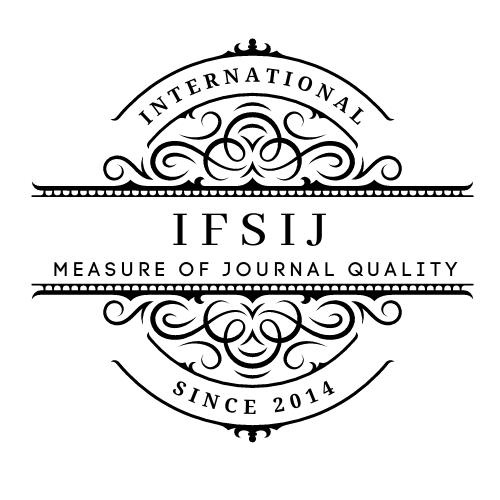EXPERIMENTAL ASSESSMENT OF THE EFFECTIVENESS AND SAFETY OF THE NEW DOMESTIC THERAPEUTIC AND PREVENTIVE TOOTHPASTE
Abstract
Diseases related to the teeth rank third (20–25%) among the general morbidity rates of the population and significantly reduce overall quality of life. According to data from the World Health Organization (WHO), the prevalence of pathologies affecting the hard tissues of the teeth and the oral mucosa currently reaches 95–97% The main and most accessible method of preventing dental diseases is proper use of oral hygiene products. Organic ingredients and natural extracts found in preventive toothpastes help prevent the formation of dental calculus and unpleasant odors. Depending on their active ingredients, therapeutic and prophylactic toothpastes not only provide hygienic benefits but also exhibit antibacterial effects, aid in enamel remineralization, and help reduce hypersensitivity. However, despite the wide variety of available toothpastes, several disadvantages remain. These include drying effects on the oral mucosa, the need for prolonged use before achieving therapeutic and preventive effects, high abrasiveness, the potential for individual intolerance, and high cost [6,8]. To determine the effectiveness and safety of newly developed toothpaste formulations intended for clinical use, preclinical studies are necessary.
Downloads
Published
Issue
Section
License

This work is licensed under a Creative Commons Attribution-NonCommercial-NoDerivatives 4.0 International License.















